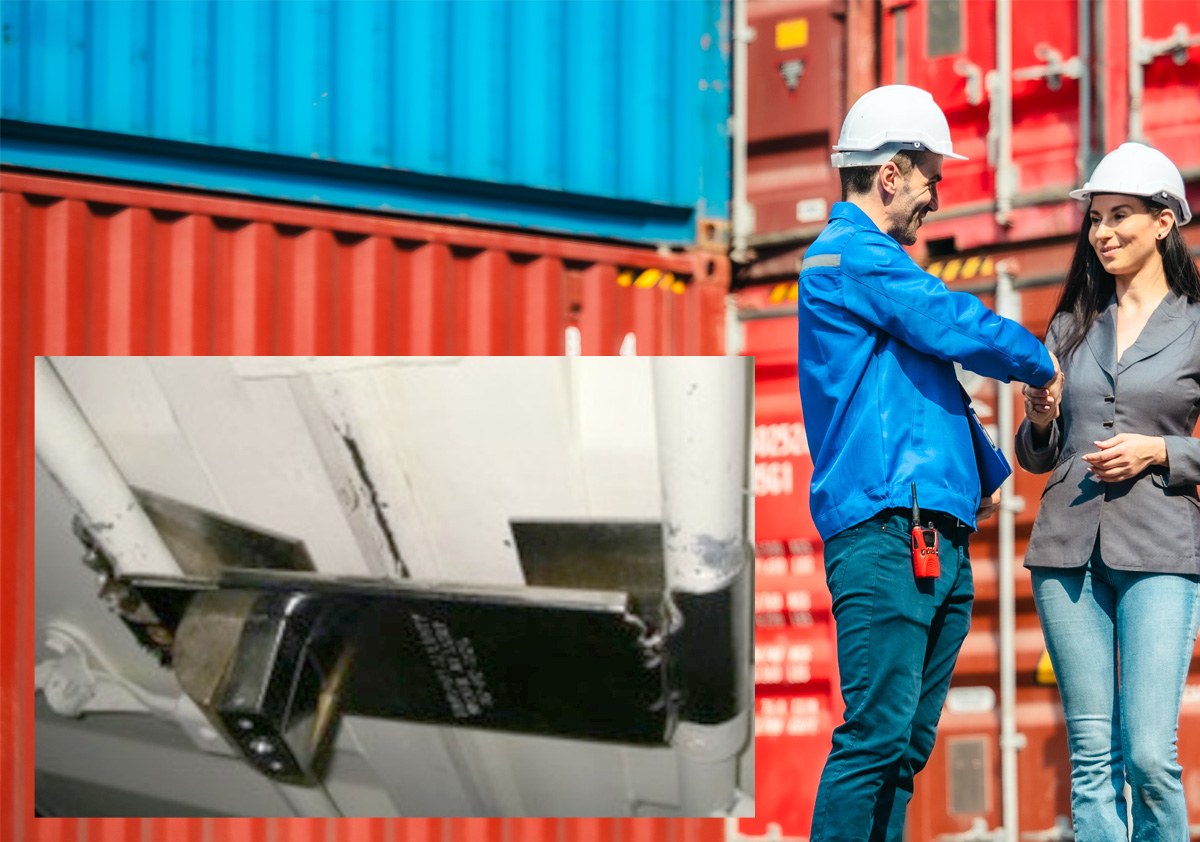Understanding the New Theft Economics
The profit model for cargo theft has evolved significantly in recent years. In the past, thieves had to work with fencing operations that severely limited their profits, often getting pennies on the dollar for stolen goods. Today's thieves have adapted to modern commerce, utilizing online marketplaces and international shipping to maximize their returns. This shift in distribution channels means they're no longer limited to traditional fencing operations, allowing them to target a broader range of products based on current market demands rather than just focusing on high-value items.
Why Traditional Value Assessment Falls Short
Fleet operators should note that traditional metrics of cargo value no longer determine theft risk. Instead, thieves prioritize:
- Market demand for the product
- Ease of liquidation
Speed of turnover
- Current supply chain conditions
- Ability to ship and sell internationall
This means that even shipments of relatively inexpensive goods can become attractive targets if market conditions create temporary scarcity or increased demand.
Risk Mitigation Strategies
Understanding these trends helps fleet operators assess their risk profile and implement appropriate security measures. The key is recognizing that any cargo with strong market demand could become a target, regardless of its wholesale value. Companies should review their security protocols and stay informed about emerging theft patterns in their operating regions.
To effectively combat cargo theft, fleets must implement a comprehensive, layered security approach. This means combining robust physical security measures like high-security locks from Transport Security, seals, and trailers with technological solutions such as GPS tracking and geofencing. The layered strategy should also include driver training, secure parking protocols, and enhanced facility security at warehouses and distribution centers. No single security measure is enough on its own - it's the combination of multiple security layers that creates an effective deterrent against increasingly sophisticated theft operations.
Remember that thieves often utilize legitimate-appearing business operations to move stolen goods. This makes it crucial for transportation companies to maintain vigilance across all product categories, not just traditionally high-value items.



